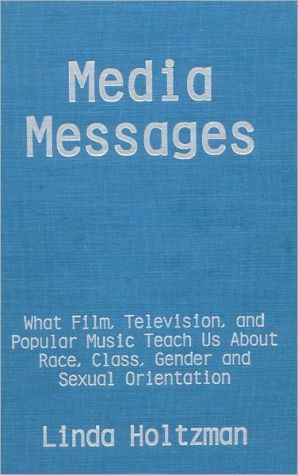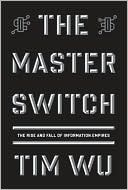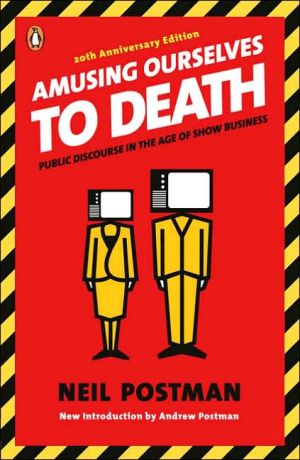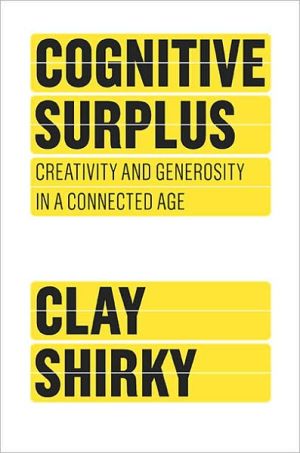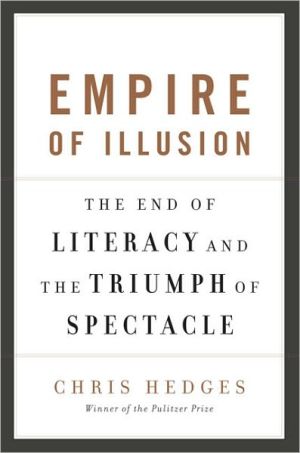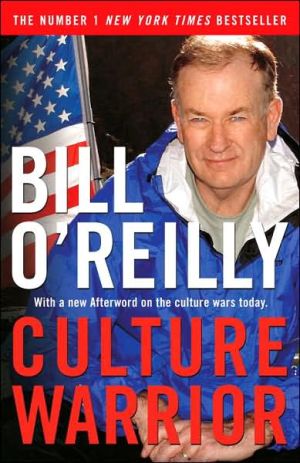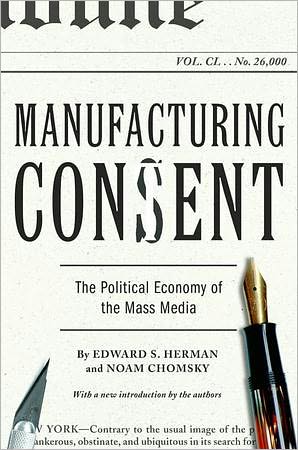Media Messages: What Film, Television and Popular Music Teach Us about Race, Class, Gender and Sexual Orientation
Search in google:
List of Tables, Figures, Personal Inventories, and Media ActivitiesPrefaceAcknowledgmentsIntroduction31The Connections: Life, Knowledge, and Media72Gender: In Pink and Blue and Vivid Color513Is the United States a Classless Society?984Racing in America - Fact or Fiction?1495Stories of Race in Popular Culture2096Sexual Orientation and the Fabrication of "Normal"255Index325About the Author346
\ Library JournalThe influence of various forms of media on American culture for good or ill has traditionally prompted debate. The issues are often complex, requiring a broad study of cultural perspectives as a whole as well as of historical events, psychological and sociological factors, and creative processes. In Media Messages, Holtzman (communication, Webster Univ.) looks at the development of film, TV, and pop music, studying their significance in creating opinions and role models with regard to race, class, gender, and sexual orientation. She analyzes numerous possibilities for specific viewer reaction--and their accompanying formation of personal standards and norms. Countless examples from each genre will resonate in some way for every reader, and questionnaires throughout help individuals explore his or her own values, definitions, beliefs, and perspectives. A vast amount of historical and media research is synthesized into thought-provoking and instructive material. Those with an interest in society and the media will find this quite appealing, and it will serve as an excellent text for college-level communications programs. Violence and American Cinema is a collection of scholarly essays united by the theme of onscreen violence--its characteristics, history, impact, and relationship to society. Slocum (assistant dean, NYU) provides an excellent introductory piece that examines the interpretations and boundaries of violence, representative critical responses to the issue, and various historical factors--paving the way for the pieces that follow. Eminent authors and scholars such as Richard Maltby, Peter Kramer, Phyllis Frus, and Terri Ginsberg provide detailed information and fresh perspectives on numerous facets of the subject--from American styles of violence to violence in slapstick comedy, Westerns, domestic settings, historical contexts, and urban milieus. They offer thoughtful insights on an art form that has become an integral part of our culture and its reflection of and relationship to one of society's major concerns. This will be of special interest to film scholars and related academic audiences.--Carol J. Binkowski, Bloomfield, NJ Copyright 2000 Cahners Business Information.\ \ \ \ \ BooknewsShe has tried to be accurate and fair, says Holtzman (communications, Webster U., St. Louis, Missouri), but lays no claim to objectivity, which she says is neither possible nor desirable in such value-heavy terrain. Incorporating the techniques of reconstructing knowledge, personal experience, and entertainment assessment theory, she surveys the images of The Other in popular entertainment media, illustrating how it constructs a world view and reinforces it with stereotypes. She also suggests alternatives to the homogeneous images, characters, and themes. She writes primarily for media students, but also for academically oriented media consumers. Annotation c. Book News, Inc., Portland, OR (booknews.com)\ \
